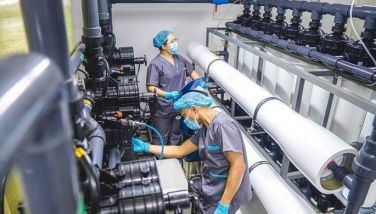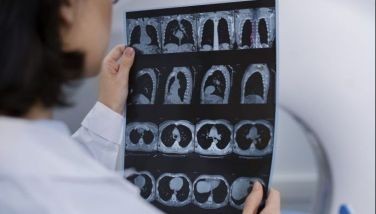Please be careful with your heart

MANILA, Philippines — For years now, Raul Pagdanganan, the first certified public accountant (CPA) to manage a private tertiary hospital in the country, has been successfully running Cardinal Santos Medical Center (CSMC) as president and CEO, ensuring that the patients receive the best care possible.
But suddenly, the tables turned. Raul found himself lying on the hospital bed.
“A few months ago, I was urging my wife to get a comprehensive medical checkup,” he shares.
But Raul’s wife was hesitant, fearing that a visit to the doctor might uncover something dreadful.
“So, I told her I’d go and have a checkup with her,” he says. “Whatever the outcome was, we would face it together.”
While Raul’s wife passed her medical tests with flying colors, his own results were not as perfect.
“The doctors discovered a small blockage in the arteries of my heart. Dr. Ariel Miranda, chairman of the CSMC Cardiovascular Institute, performed an angiogram and angioplasty to clear the clot.”
This life-changing experience has given Raul a new perspective on life, time and partnership.
“In managing matters of the heart, time is crucial. See your doctor regularly,” he advises. “And with the advancements in medical technology and procedures, conditions that once seemed incurable are now manageable, offering us second chances. These innovations have transformed and improved heart care, allowing us to live longer and healthier lives.”
Now in its 50th year, CSMC is at the forefront of healthcare innovation. The hospital has earned numerous accolades, including the Platinum Seal of Accreditation from Accreditation Canada International in 1023, and the People-Centered Care Commitment Award. The institution’s commitment to quality management is further validated by its ISO-certification and multiple awards from the Asian Hospital Management Awards.
The power of second chances
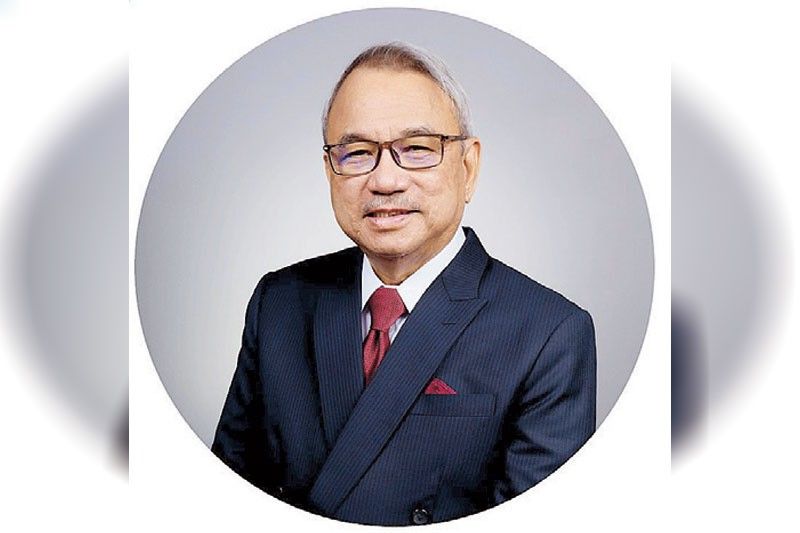
But not all (heart) patients are as lucky as Raul, who was given a second chance at life.
In 2019 alone, a staggering 18 million lives were lost to cardiovascular diseases worldwide. Among its various forms, atherosclerosis cardiovascular disease (ASCVD) emerged as a major contributor.
Picture this: Every 60 seconds, approximately 34 individuals across the globe succumb to heart attacks or strokes. In the Philippines, cardiovascular disease stands as a leading non-communicable disease. The top three risk factors associated with ASCVD include high systolic blood pressure, a diet rich in unhealthy fats, and elevated levels of LDL-C (low-density lipoprotein cholesterol). However, these challenges are not unique to the Philippines alone, but worldwide.
“In Switzerland, despite the progress made by managing diseases, there are still challenges related to ASCVD, including the aging population, lifestyle factors, healthcare disparities, the high cost of treatment, lack of public awareness and education,” stresses Swiss Ambassador Dr. Nicolas Bruhl.
And so, to promote awareness on cardiovascular diseases and identify best practices in tackling ASCVD in the country, the Swiss Chamber of Commerce in the Philippines (SwissCham Philippines), in collaboration with Novartis Healthcare Philippines, is organizing a roundtable series with the following objectives: Define patient journey and pain points in ASCVD management and LDL-C (bad cholesterol) control; communicate the importance of sustained lowering of LDL-C to reduce the ASCVD risk; and inform the public of stakeholders’ initiatives to enhance the patient journey in meeting risk-based goals.
The series kicked off on Aug. 6 at Westin Hotel, Mandaluyong City. With the theme, “Inspiring Conversations on Heart Health: Turning Second Chances to Lifelong Victories,” the roundtable discussion featured CSMC president and CEO Raul Pagdanganan, chief medical officer Dr. Antonio Say, CSMC Cardiovascular Institute chairman Dr. Ariel Miranda, Preventive Cardiology head Dr. Lourdes Santos, Novartis Healthcare Philippines president Joel Chong, Health Undersecretary Dr. Elmer Punzalan and Swiss Ambassador Nicolas Bruhl as panel speakers.
“As we share our various experiences, expertise and best practices in this round-table discussion, may we build advocacy with these stakeholders and create public awareness on ASCVD and innovative treatment options.”
What you need to know about ASCVD
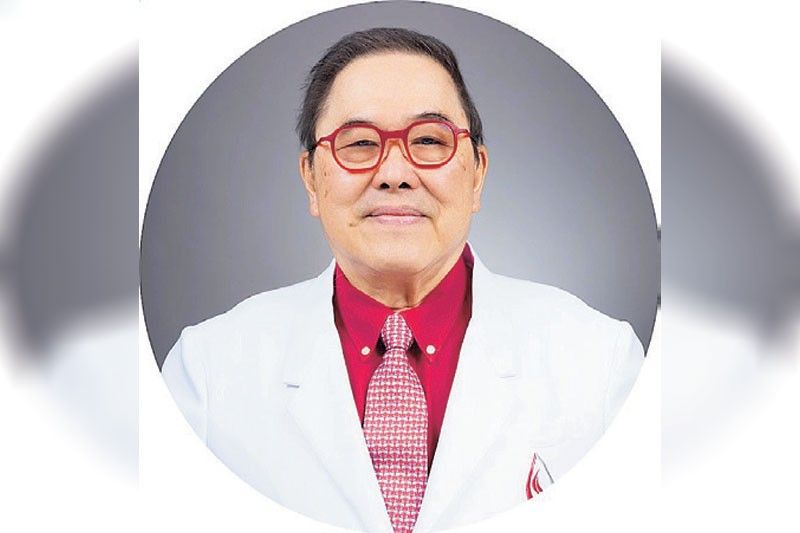
Atherosclerosis cardiovascular disease (ASCVD) is thickening or hardening of the arteries caused by a buildup of plaque in the inner lining of an artery.
Risk factors may include high cholesterol and triglyceride levels, high blood pressure, smoking, diabetes, menopause and obesity.
“There’s good (HDL) and bad (LDL) cholesterol. HDL helps in scavenging all the bad cholesterol in the body and it can help excrete it,” explains Dr. Lourdes “Ella” Santos, preventive cardiologist, clinical lipidologist and hypertension specialist. “LDL can block your blood vessels. They are the ones that clog your arteries (in the heart) over time. It can also clog your arteries in the brain. And that’s what will give you a stroke.”
Unfortunately, the blocks begin forming early on in life.
“The plaques that we see in the hearts of patients didn’t start yesterday. This accumulated over time,” warns Dr. Santos.
Each year, heart disease and stroke claim the lives of 124,182 people worldwide — including 69,396 Filipinos — making cardiovascular disease the leading cause of death in the Philippines.
What’s scary is that if you’ve already had a heart attack, the risk of having another episode is six times higher!
Know your numbers
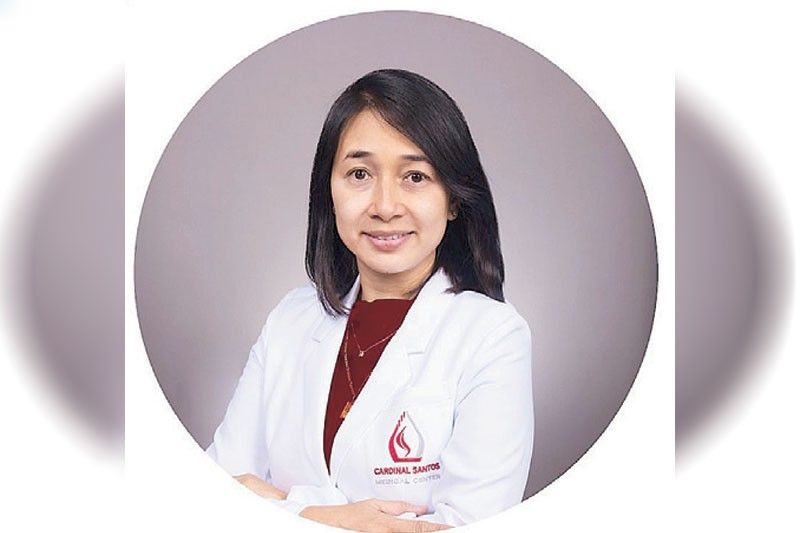
Sustained lowering of LDL-C is essential in reducing cardiovascular disease risk brought about by plaque formation.
“It can slow the progression of plaque formation, decrease the size of arterial blockage, and reduce the risk of heart attack,” notes Dr. Santos.
A 39 mg/dL reduction in LDL-C translates to a 22% reduction in the risk of another cardiovascular event. To minimize a patient’s risk of heart attack and stroke, cardiologists recommend the following LDL-C goals:
• Low-risk patients = less than 116mg/dL
• Moderate-risk patients = less than 100 mg/dL
• High-risk patients = less than 70 mg/dL
• Very high-risk patients = less than 55 mg/dL
“Each time you go for a health checkup, these are the numbers you should be targeting. If you’re not hitting these goals, talk to your doctor about it. Make sure you do not reach Dr. Miranda’s cardiac catheterization lab (cath lab) or a visit to the ER for a stroke or heart attack,” advises Dr. Santos.
Again, diet and lifestyle modifications are very important to prevent ASCVD. Exercise at least 30 minutes, five to seven days a week. Sleep seven to nine hours per night. Stop smoking and limit your alcohol intake.
“In taking care of one’s heart, the effort is lesser the younger you are. When you already had a stroke, there’s a greater chance that another episode can happen again,” warns Dr. Santos.
“We need to help patients see that controlling their LDL-C is not an expense but an investment in their health so they can continue living longer and living well,” said Joel Chong, country president of Novartis Healthcare Philippines.
Your accumulated years of exposure to LDL-C can be used as an estimate to your plaque burden and your average risk for the first heart attack.
* * *
Know your risk. Visit https://unblockedmovement.ph/.














